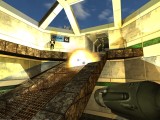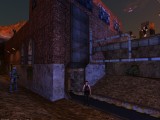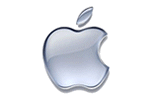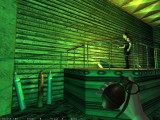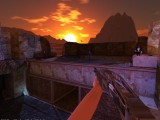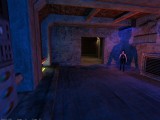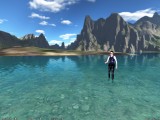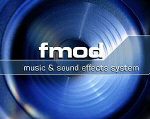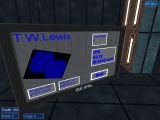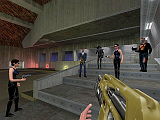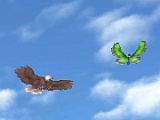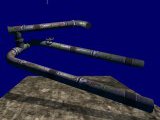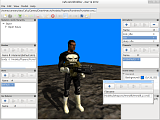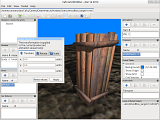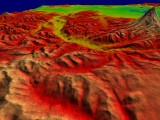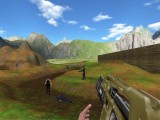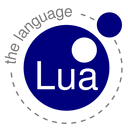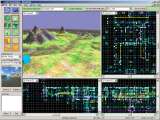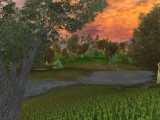The Cafu Engine is an all-purpose, modern 3D graphics engine and game development kit, feature complete to get you started quickly.
It can be used to create a variety of 3D applications, including games, simulations, and training and architectural software. Written in C++, the tools, libraries and framework have been designed to make the development of new games and other 3D applications easy. They are actively and continuously developed in order to provide the latest technology. Cafu is open-source software distributed under the very liberal MIT license. It may be used for any purpose, including commercial purposes, at absolutely no cost. Just download it and use it.
The main features include
- high-quality, real-time 3D graphics with a very powerful and flexible material system,
- cross-platform and cross-compiler portability,
- very fast built-in network code for multi-player internet and LAN games,
- dynamic per-pixel lighting and shadows, combined with physically correct Radiosity,
- very large terrain rendering, skeleton based model rendering,
- 3D sound effects with a powerful sound system,
- uses the powerful Lua language for map scripting, entity scripting and GUI scripting,
- distributed under the very liberal MIT license.
Source Code
The latest version of Cafu is always available from our Git repository.
See Getting Started with the Cafu Source Code for step-by-step instructions on how to compile the Cafu source code and run the binaries.
